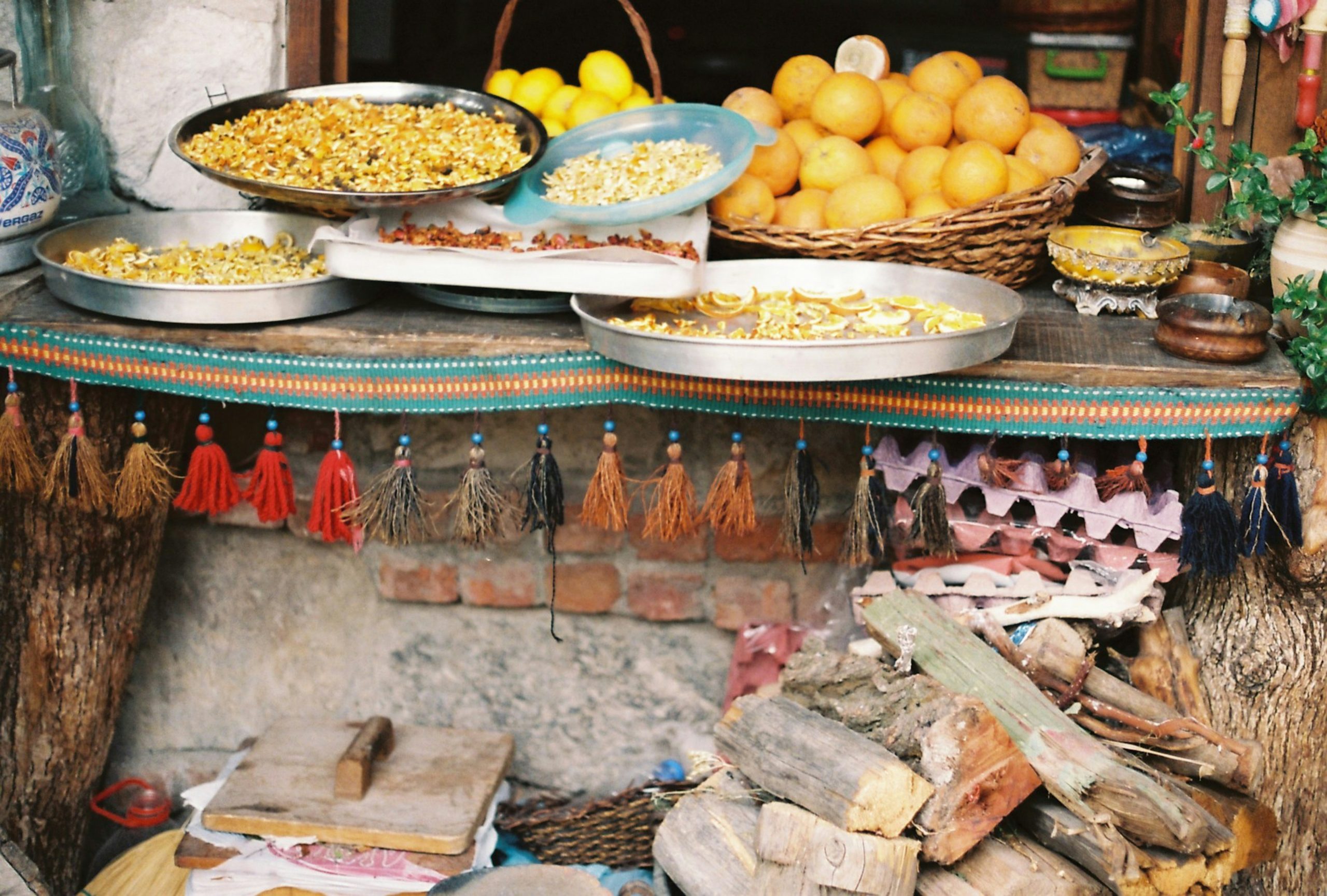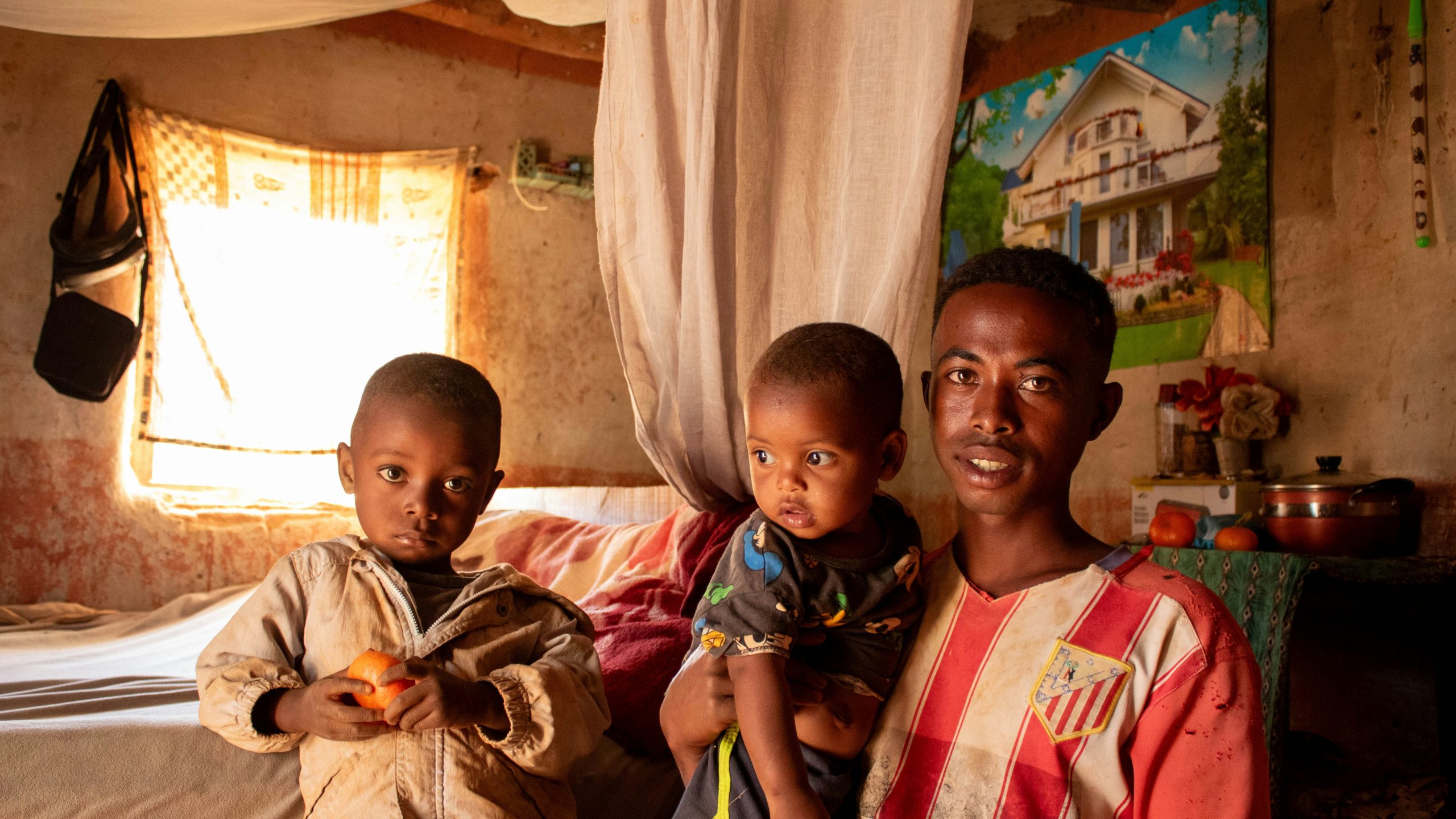Inside a Senegalese Home: Food, Family & Faith
Walking into my first Senegalese home twelve years ago, I honestly wasn’t prepared for the profound sense of teranga—hospitality—that would reshape my understanding of what home truly means. The moment I removed my shoes at the threshold, I realized I was entering more than just a physical space. Here was a living ecosystem where Islamic faith, family bonds, and culinary traditions interweave so seamlessly that separating them feels almost impossible.
What strikes me most about Senegalese homes isn’t their physical architecture, though that’s fascinating too. It’s how deliberately these spaces are designed around three pillars that have sustained communities for generations. Food preparation areas become centers of wisdom transmission. Prayer spaces anchor daily rhythms. Family gathering spots accommodate extended networks that would challenge Western notions of household size.
Senegal at a Glance
Home to nearly 17 million people, Senegal maintains a 95% Muslim population while preserving rich indigenous traditions. The average household includes 8-9 members across multiple generations, with family compounds often housing 20-30 relatives in interconnected structures.
I’ve spent considerable time documenting domestic life across West Africa, but Senegalese homes reveal something particularly compelling about cultural preservation. These aren’t museums frozen in time—they’re dynamic spaces where ancient wisdom meets contemporary challenges. Take the typical family compound in Dakar’s suburbs, where solar panels charge mobile phones while grandmothers still pound millet using techniques passed down through centuries.
“The home is where we learn to be human. It’s where children discover their place in both the family and the ummah (Islamic community).” Aminata Diallo, educator and grandmother from Saint-Louis
This integration fascinates me because it challenges Western assumptions about tradition versus modernity. In my experience, Senegalese families don’t see these as opposing forces. Instead, they’ve developed sophisticated strategies for maintaining cultural identity while embracing beneficial changes. The result? Homes that feel simultaneously timeless and thoroughly contemporary.
The Sacred Foundation of Home
Let me be completely honest—I initially misunderstood the role of Islamic faith in Senegalese domestic life. Coming from a largely secular background, I expected religion to occupy designated times and spaces. What I discovered instead was a faith so integrated into daily existence that distinguishing “religious” from “secular” activities becomes meaningless.
Every Senegalese home I’ve visited includes a dedicated prayer space, usually oriented toward Mecca. But here’s what surprised me: these aren’t separate, isolated rooms. They’re often central locations that family members pass through constantly1. Children play nearby during non-prayer times. Mothers nurse babies while fathers perform ablutions. The sacred and everyday intermingle naturally.
The call to prayer—adhan—structures household rhythms in ways that initially confused me. Why does cooking pause five times daily? Why do business conversations halt mid-sentence? Through months of observation, I came to understand that these interruptions aren’t inconvenient disruptions. They’re deliberate opportunities for spiritual realignment that strengthen family bonds.
Prayer Time Impact on Family Life
During the five daily prayers, Senegalese households experience moments of collective pause. Children learn patience by waiting for conversations to resume. Adults model prioritizing spiritual obligations over immediate desires. These brief interruptions, occurring roughly every 3-4 hours, create natural rhythms for reflection and family connection.
What really gets me passionate about this topic is how Islamic principles shape physical home design. Many families I’ve studied arrange their living spaces to facilitate both privacy and community. Women have areas where they can gather without hijab among female relatives. Men have spaces for receiving guests according to Islamic hospitality traditions. Yet these same homes encourage intergenerational interaction in shared spaces.
| Home Area | Primary Function | Islamic Influence | Family Usage |
|---|---|---|---|
| Prayer Space | Daily worship | Qibla orientation | All members, scheduled times |
| Kitchen Courtyard | Food preparation | Halal practices | Women, children learning |
| Guest Reception | Hosting visitors | Gender-appropriate spaces | Male household heads |
| Extended Family Quarters | Multi-generational living | Respect for elders | Grandparents, unmarried relatives |
Islamic values also influence how families approach cleanliness and organization. The emphasis on taharah (purity) means homes maintain specific areas for ritual washing before prayers2. Children learn early that physical cleanliness connects to spiritual preparation. I’ve watched six-year-olds carefully wash hands and feet, understanding that this isn’t just hygiene—it’s preparation for communicating with Allah.
Cuisine as Cultural Expression
Honestly, I thought I understood food culture before visiting Senegal. Growing up in a family that considered cooking important, I assumed I recognized the role of cuisine in family life. Then I witnessed my first thieboudienne preparation, and—honestly?—I realized I’d been completely missing the point.
In Senegalese homes, food preparation isn’t just cooking. It’s cultural transmission, economic strategy, spiritual practice, and social coordination all happening simultaneously. Watching three generations of women work together to prepare the national dish taught me more about family dynamics than any sociology textbook ever could.

The morning market run becomes a lesson in economics and nutrition. Grandmothers teach granddaughters how to select the freshest fish, negotiate prices respectfully, and choose vegetables that will provide balanced nutrition for large families. These aren’t casual shopping trips—they’re intensive educational experiences disguised as errands.
- Fish selection requires understanding seasonal availability, cooking methods, and family preferences
- Rice varieties must match intended dishes and accommodate different texture preferences
- Vegetable choices balance nutrition, cost, and keeping quality without refrigeration
- Spice purchasing involves quality assessment and quantity planning for extended family meals
- Budget management teaches younger women household economics and priority setting
- Vendor relationships demonstrate community networking and mutual support systems
Back in the family compound, food preparation transforms into a collaborative art form. The main cook—usually the eldest daughter-in-law—coordinates timing across multiple dishes. Younger women handle preliminary tasks like cleaning vegetables and grinding spices. Children fetch water and firewood. Even toddlers contribute by sorting rice grains, their tiny fingers surprisingly effective at removing stones and debris.
“Cooking alone means eating alone. We prepare food together because we are together. The hands that help make the meal sweeter.” Fatou Sow, family cook from Thiès
What absolutely fascinates me is how Islamic dietary laws integrate seamlessly with indigenous food traditions. Halal requirements don’t feel like restrictions—they become opportunities for creativity and community connection. When families slaughter animals for religious holidays, they distribute meat according to Islamic principles while maintaining traditional sharing patterns among neighbors and relatives3.
The communal eating style reinforces family hierarchy and respect traditions. Everyone gathers around large shared bowls, with specific seating arrangements based on age and gender. Children learn proper eating etiquette: using only the right hand, eating from the section directly in front of them, waiting for elders to begin. These aren’t arbitrary rules—they’re practical systems for ensuring everyone gets adequate nutrition while maintaining social harmony.
Extended Family Networks
I need to be honest here—the complexity of Senegalese family structures initially overwhelmed me completely. Coming from a nuclear family background, I struggled to understand how households with 20+ members function without constant chaos. My breakthrough came when I stopped thinking about these as “big families” and started recognizing them as sophisticated social organizations with clear governance structures.
The family compound system operates like a small village with distributed responsibilities and decision-making processes. The patriarch and matriarch hold ultimate authority, but daily management involves delegation across multiple adults. Childcare becomes a shared responsibility among mothers, aunts, and older siblings. Economic contributions flow from various sources—formal employment, small businesses, agricultural activities, and remittances from relatives working abroad4.
Multi-Generational Living Benefits
Extended family compounds provide economic resilience, childcare support, elder care, knowledge preservation, and social security networks. When individual family members face financial challenges, the collective unit provides stability. Children receive education from multiple adults with different specialties and life experiences.
Children navigate these complex family networks with remarkable sophistication. They understand that different adults have authority over different aspects of their lives. Grandparents often handle cultural and religious education. Parents focus on formal schooling and career preparation. Aunts and uncles provide alternative perspectives and sometimes serve as mediators during conflicts.
- Morning responsibilities begin with greetings to all elders, demonstrating respect and checking on family member wellbeing
- Educational activities include both formal schooling and traditional knowledge transmission through storytelling and hands-on learning
- Work contributions scale with age and ability, from simple chores for young children to significant responsibilities for teenagers
- Evening gatherings provide opportunities for community news, problem-solving discussions, and cultural activities
- Religious obligations include family prayer time, Quranic study, and participation in Islamic holiday celebrations
Faith-Centered Daily Life
The rhythm of Islamic practice creates natural family synchronization points throughout each day. Before dawn, the fajr prayer brings the household gently awake. During dhuhr at midday, families pause work and school activities. The asr afternoon prayer often coincides with children returning from school. maghrib at sunset frequently becomes family meal time. isha evening prayer precedes bedtime routines5.
These aren’t rigid schedules that constrain family life—they’re flexible frameworks that accommodate seasonal changes, work requirements, and individual needs. During Ramadan, the entire rhythm shifts to support fasting and increased devotional activities. Families wake together before dawn for suhur, break fasts together at sunset for iftar, and often gather for additional prayers and Quranic recitation in the evenings.
What moves me most about Senegalese homes is their demonstration that tradition and adaptation can coexist beautifully. These families haven’t preserved their culture by rejecting change—they’ve strengthened it by thoughtfully integrating beneficial innovations while maintaining core values. Solar panels power LED lights that illuminate Quranic study sessions. Mobile phones coordinate extended family gatherings. Modern medicine combines with traditional healing practices under Islamic guidance.
As I reflect on my years documenting Senegalese domestic life, I’m struck by the resilience these families demonstrate. They’ve created homes that nurture individual growth while maintaining collective identity. They’ve built economic systems that support extended networks without sacrificing personal ambition. Most importantly, they’ve shown that faith, family, and food aren’t separate life components—they’re interwoven threads that create the fabric of meaningful existence.
The lessons from Senegalese homes extend far beyond cultural curiosity. In our increasingly fragmented world, these families offer models for community building, intergenerational cooperation, and value-based living that could benefit households everywhere. Whether we share their specific religious beliefs or cultural background, we can learn from their commitment to making home a space of growth, connection, and authentic hospitality.
References



